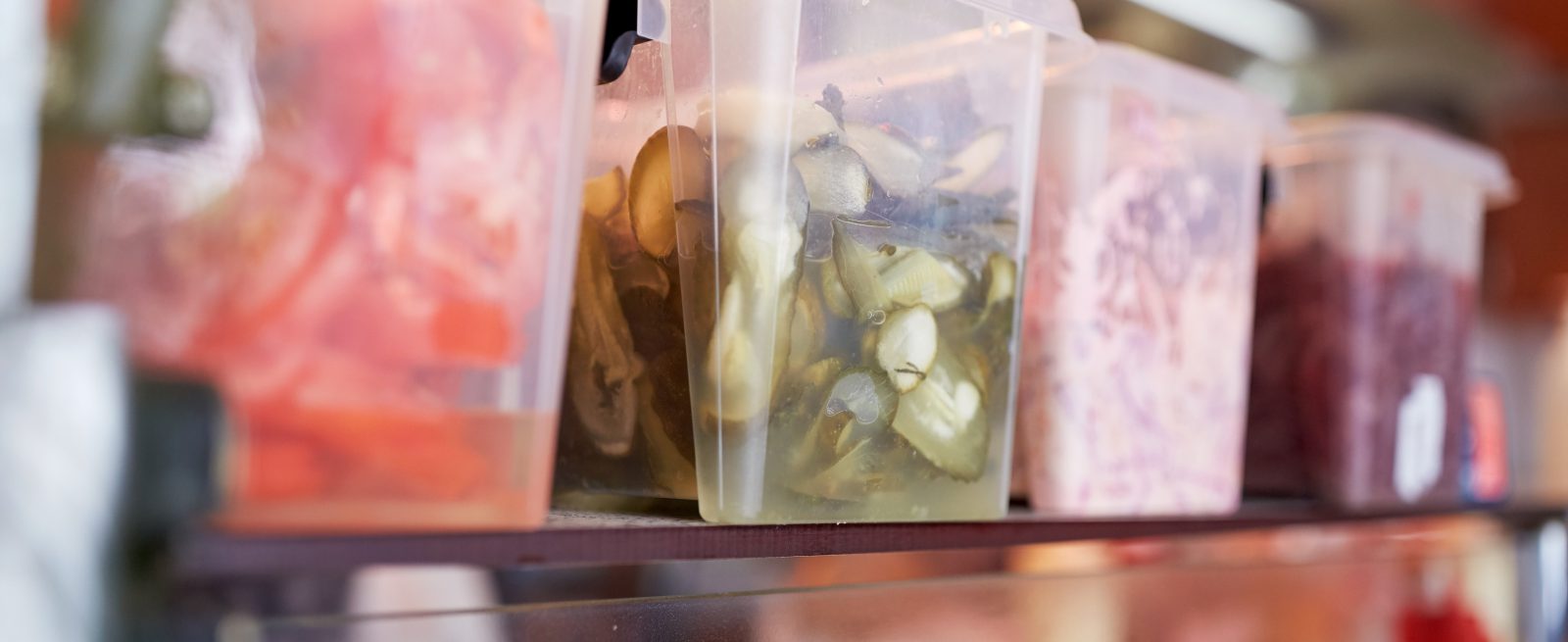How Accurate Is Your Data? Is Your Food Really Safe?
4 Min Read By Tom Woodbury
Imagine your employee is on the witness stand and is asked: “Have you ever written information on a food safety checklist without actually checking the item?” This one question, if asked in a court of law after a foodborne illness outbreak, could make or break your entire case. Just like having accurate numbers is key to maintaining proper inventory and managing restaurant finances, having accurate food safety data is key to serving high-quality food, protecting your customers, and meeting your legal obligations. What might be seen by an employee as a minor “fudging” of unimportant data could find your business liable for a massive settlement.
Why You Should Be Focusing on Food Safety Compliance
Before 2011, companies were somewhat less proactive about food safety and focused more on responding to outbreaks of foodborne illnesses than preventing them. To shift this focus, the FDA introduced the Food Safety Modernization Act (FSMA), aimed at reducing rates of foodborne illness. If you operate a restaurant, you’re legally required to maintain compliance with such regulations—and you might need to make a few changes to your methods and technology to keep up.
If your employees are falsifying food safety checklists by dry labbing (fabricating plausible measurements) or pencil whipping (filling things out quickly without actually making observations), all your other compliance efforts are out the window. This is exactly the kind of thing the FDA aims to prevent by pushing for the modernization of food safety methods.
Above all, it’s important to remember that public health is at stake. Poor food safety methods and data inaccuracies can easily turn into massive outbreaks of pathogens like Listeria, E. coli, and Salmonella. The Centers for Disease Control and Prevention (CDC) estimates that approximately 48 million Americans contract foodborne illnesses each year. Of these, roughly 128,000 are hospitalized and as many as 3,000 are killed. The importance of improving food safety to reduce these numbers cannot be overstated.
The Problem with Traditional Compliance Methods
Despite the constant march of technology into every corner of our business and personal lives, many food industry businesses have continued to use outdated data collection methods. Unfortunately, these traditional methods also pose their own problems with regard to food safety compliance.
So long as employees are manually recording data, human error will always be a factor. A new hire who is still training on food safety checklists might make an error during observations, or a busy employee might absentmindedly write information in the wrong place. It’s normal for employees to make mistakes sometimes—they’re human. Unfortunately, this does have an impact on the accuracy of your data and the potential safety of your food.
An even more serious problem is that of data falsification. Some employees might just make up believable information in an effort to finish the checklist quickly or make things seem better than they are. Unless you have an extremely high level of confidence that the data you’re capturing is correct, manual data collection methods don’t accomplish the goal of protecting your business in a legal case. Even a single falsified data point can be enough to bring all logs into question, which may be used against you in a trial.
Improving Data Accuracy and Compliance Using Modern Technology
Fortunately, you can avoid these unnecessary risks by updating from paper notebooks and clipboards to a single comprehensive and automated system. With the help of new compliance technology, you can eliminate human error, improve the richness and accuracy of your data, and protect both your restaurant and your customers from the repercussions of foodborne illness.
Because an integrated digital system can capture data automatically, report real-time monitoring information, and guide users through easy-to-use digital checklists with built-in fraud detection, you’ll never have to worry about pencil whipping again. Plus, automatic data capture means there’s no opportunity for an unscrupulous employee to alter or falsify information. If an outbreak does occur and you are brought to trial, you’ll be able to show the court that your data is collected automatically rather than by hand, supporting your diligent practices and preventing accusations of falsified data.
Keeping track of things like temperature data, equipment function and employee accountability are key to preventing food spoilage and contamination—both of which can mean big losses for your business. Certain food temperature monitoring devices allow you to request timestamped data from any location at any time, as well as receive instant notifications whenever temperatures fall outside safe levels.
Better Compliance Means Safer Food and a Stronger Business
Improving your food safety monitoring and compliance is about more than just meeting the FDA’s FSMA requirements. By improving your overall efficiency, preventing spoilage, and maintaining a safe, high-quality inventory of food, you’ll be able to provide safe, great-tasting meals to your customers without fear of outbreaks. This not only gives peace of mind to restaurant management, but also helps to build a strong bond of trust with your customers.
A digital compliance system can also help you identify issues with equipment, employee performance, operating efficiency, and more, giving you the detailed information you need to make informed business decisions. Real-time monitoring means that you can see problems as they arise, allowing you to correct issues and prevent costly mistakes.
For example, if a cooler suddenly fails and its temperature rises above a safe temperature, you’ll receive a notification right away. Even if the food and equipment are miles away at a different restaurant location, you’ll be able to contact and inform on-site management so that it can be addressed before the food becomes unsafe. Without this information, the food could become unsafe before the issue is even noticed, causing you to lose money on inventory that has to be thrown out. Even worse, the temperature abused food could go unnoticed and end up on customers’ plates, putting them at risk of illness.
Ultimately, good compliance is a win-win situation: the public stays safe from outbreaks of foodborne illnesses and your restaurant makes a profit while actively preventing losses. Food safety doesn’t have to feel like a struggle between government regulations and business growth anymore; with straightforward digital tools and reliable automatic data collection, you can say goodbye to time-consuming manual methods and bring your business to the leading edge of food safety.


